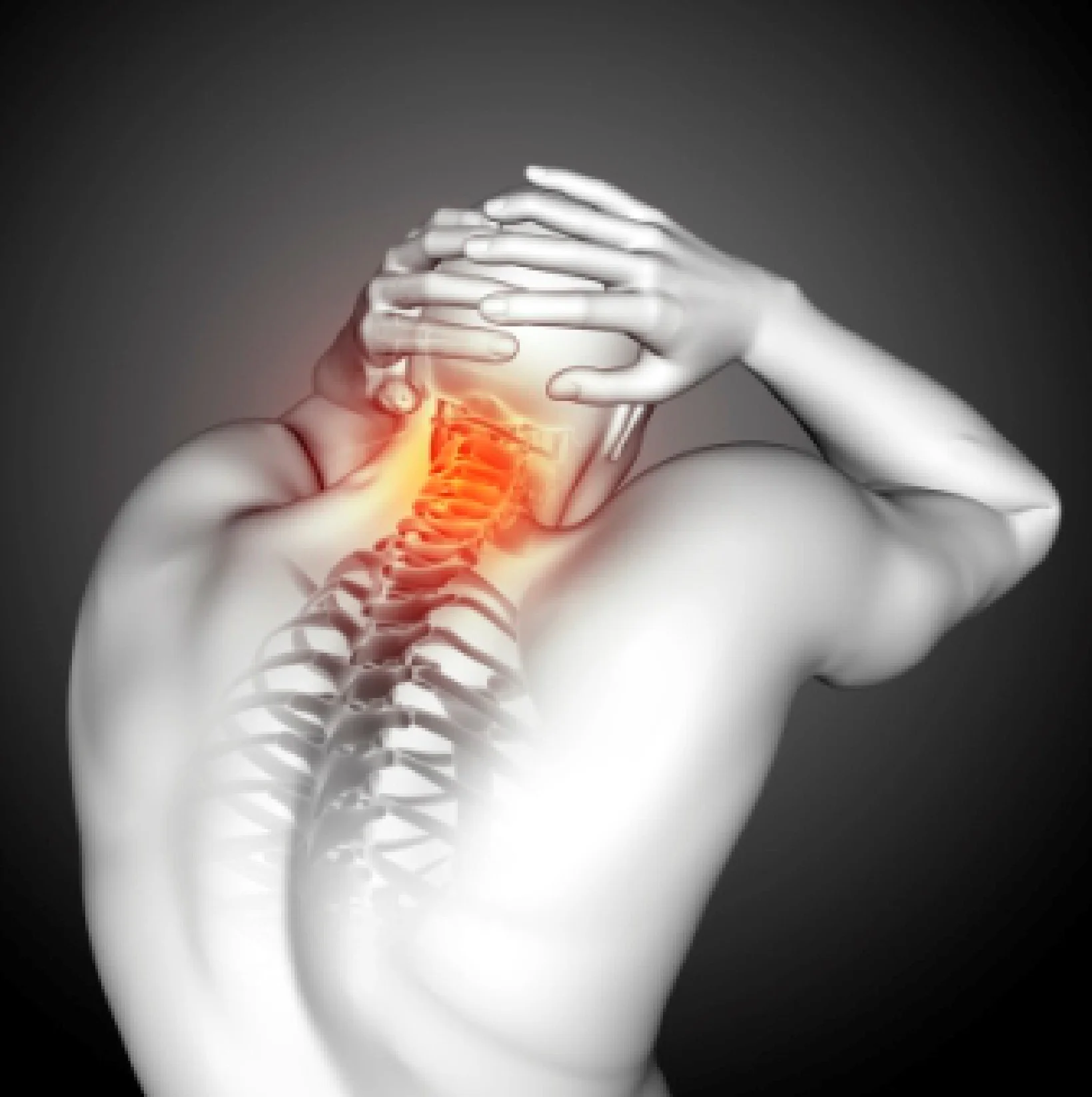
Department of Neuro Surgery
Welcome To Gangasheel Hospital
What is Spine Malformation ?
Chiari malformation (kee-AH-ree mal-for-MAY-shun) is a condition in which brain tissue extends into the spinal canal. It occurs when part of the skull becomes misshapen or smaller than usual and presses down on the brain.
Chiari malformation is rare, but with the increased use of imaging technology, it is being diagnosed more frequently.
Doctors classify Chiari malformation into three types according to the anatomy of the brain tissue that has moved into the spinal canal and whether there is a developmental disorder of the brain or spine.
Chiari malformation type 1 develops as the skull and brain grow. As a result, signs and symptoms may not appear until late childhood or adulthood. Childhood forms of Chiari malformation types 2 and 3 are present at birth (congenital).
Treatment of Chiari malformation depends on morphology, severity, and accompanying symptoms. Regular monitoring, medication, and surgery are treatment options. In some cases, no treatment is required.
- Type 1 Chiari malformation occurs when the part of the skull that contains the part of the brain (the cerebellum) is too small or deformed and puts pressure on the brain, causing it to contract. The lower part of the cerebellum (tonsils) moves into the upper spinal canal.
- Chiari type 2 malformation is most often associated with a type of spina bifida called myelomeningocele.
- When the cerebellum is pushed into the upper spinal canal, it can interfere with the normal flow of cerebrospinal fluid, which protects the brain and spinal cord.
- This disruption of cerebrospinal fluid circulation can lead to blockage of signals from the brain to the body and accumulation of CSF in the brain or spinal cord.
Symptoms Many people with Chiari I malformation have no symptoms. However, any of the following symptoms may occur individually or in combination:
- Some symptoms are related to the development of cavities (fluid-filled cavities in the spinal cord).
- Severe headache and neck pain
- Headache at the base of the skull, aggravated by coughing, sneezing, or exertion
- Upper body and arm pain and loss of temperature sensation (due to cavities)
- drop attack - collapse to floor due to muscle weakness
- spasticity
- dizziness
- balance disturbance
- double or blurred vision
- sensitivity to bright light
- sleep apnea
- so: B. hypotension, general motor delay , dysphagia/choking/stunting, and posttonia
Treatment of Chiari malformation and syringomyelia is highly dependent on the exact nature of the malformation and the anatomical changes or progression of symptoms.
Asymptomatic Chiari I malformation should be left alone (this affects the majority of Chiari malformations). In these cases, there is no indication for “preventive” surgery. If the malformation is defined as symptomatic or cavitary, treatment is usually recommended.
Chiari II malformation is treated when the patient is symptomatic and the doctor determines there are no complications from hydrocephalus. Consideration of tethered cables has also been considered in some patients. In many infants presenting with Chiari II malformation, the onset and progression of symptoms is severe and rapid, requiring urgent or emergency approaches.
Yes, Spine Malformation treatment is available in Bareilly at Gangasheel Hospital by the team of expert Neuro Surgeon's in the city.
